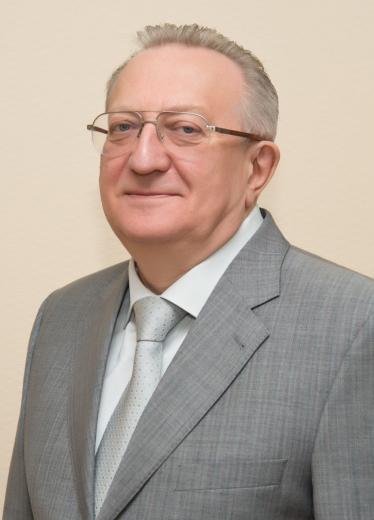
Dear colleagues, Dear friends!
On February 16, 2023, the Academic Council of the Federal State Budgetary Educational Institution of Higher Education "ROSBIOTECH" approved the development concept of the Medical Institute of Continuous Education for the next five years (2023–2027). We have been actively working on it since the beginning of the year.
Since January 2023, the Medical Institute of Continuous Education has been implementing the new areas of training for specialists in higher education programs, such as residency in order to meet the demands for the educational services in the following majors: 31.08.10 Forensic medicine, 31.08.52 Osteopathy, 31.08.53 Endocrinology, 31.08.56 Neurosurgery.
This year the major 31.05.01 "General Medicine" for future specialists with higher medical education will be opened (Specialist degree — 6 years).
The introduction of new areas of training specialists requires significant step-by-step changes in the organizational and staffing structure of the Medical Institute of Continuous Education. From 2023 to 2027, 15 new departments will be created and 3 departments will be reorganized to carry out the educational process at the MINO.
The merger of Russian Biotechnological University with the Pushchino State Institute of Natural Science will increase the scientific and educational potential of ROSBIOTECH, strengthen its positioning as the University of life sciences, where educational, scientific and practical activities are carried out in the field of biology, ecology, food safety, medicine and veterinary medicine. The integration of the Medical Institute of Continuous Education with a number of institutes and departments of ROSBIOTECH will make it possible to create a system and infrastructure of translational medicine as a technological platform for modern medical science. It determines the optimal mechanisms for introducing the most significant achievements of fundamental science into clinical practice for the fastest solving of clinical and preventive medicine problems. The availability of educational technologies in the field of preclinical, experimental and translational studies will allow practicing all types of manual skills on experimental models, developing and introducing into clinical practice new technologies that improve the quality of prevention, diagnostics and treatment of diseases. It will help conduct all types of studies of the safety and efficacy of medications and pharmacological substances, as well as biomedical cell products.
The listed development directions of the Medical Institute of Continuing Education will further expand the range of scientific publications in the journal "Bulletin of the Medical Institute of Continuing Education". The year 2022 has become a fruitful and successful year for the journal. Since December it has been indexed in the RSCI (all articles previously published in our journal received the scientific index RSCI). Congratulations to all of us!
Currently, the editorial board is actively working on including the journal "Bulletin of the Medical Institute of Continuing Education" in the List of peer-reviewed journals of the Higher Attestation Commission. We expect to get the help of our authors in this work.
Best regards, Editor-in-Chief, MD, PhD, Prof. V.V. Gladko

